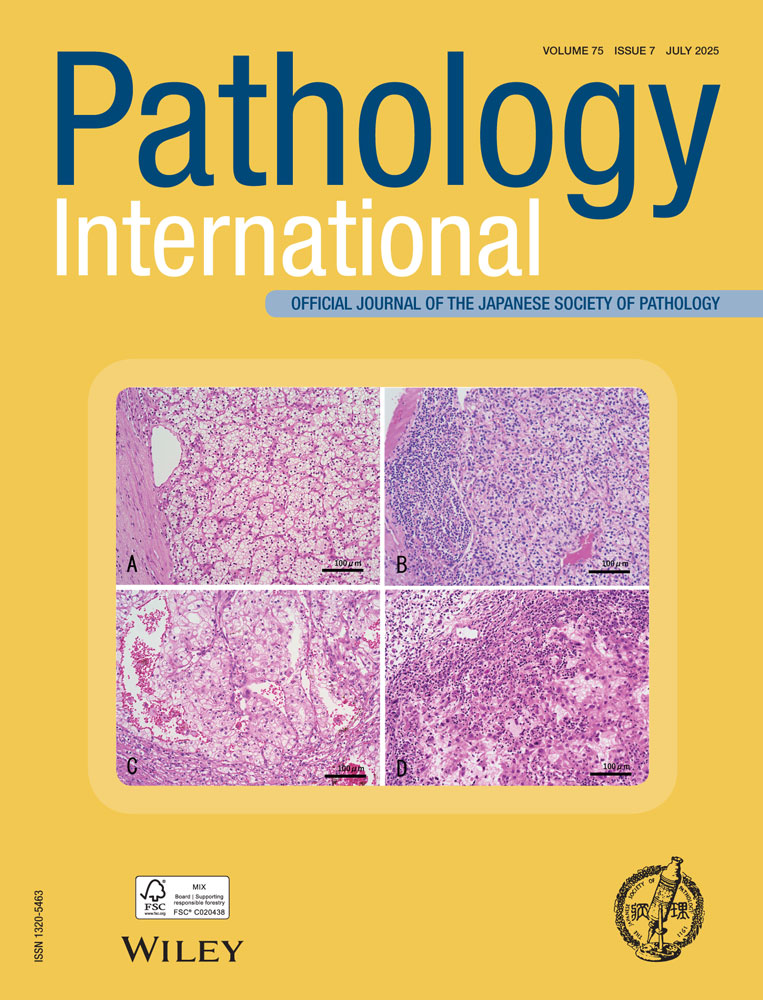Characterization of the CA125 Antigen Secreted from a Newly Established Human Ovarian Cancer Cell Line (SHIN-3)
Abstract
A cell line (designated SHIN 3) was established from a 56-year old Japanese woman diagnosed as having serous cystadenocarcinoma of the ovary. SHIN 3 produced the tumor marker, CA125. When samples were subjected to one dimensional gel electrophoresis followed by immunoblotting with anti CA125 antibody, antigen binding appeared in the low-molecular mass fraction around 50 KDa as well as in the high molecular-mass fraction (more than 200 KDa). Subsequent resolution of this lower molecular-mass component by two dimensional gel electrophoresis gave rise to bands of 49 KDa near an isoelectric point of 7.3. Treatment of the CA125 antigen with 10 mM periodic acid resulted in no loss of activity. However, reduction and alkylation in 6 M guanidine HCI or treatment at 100 C for 20 min resulted in complete loss of activity. Treatment with various glycosidases did not inhibit activity, whereas digestion with proteases (except for papain) produced complete loss of activity, suggesting that the CA125 antigenic determinant is composed of con-formationally dependent peptides.




